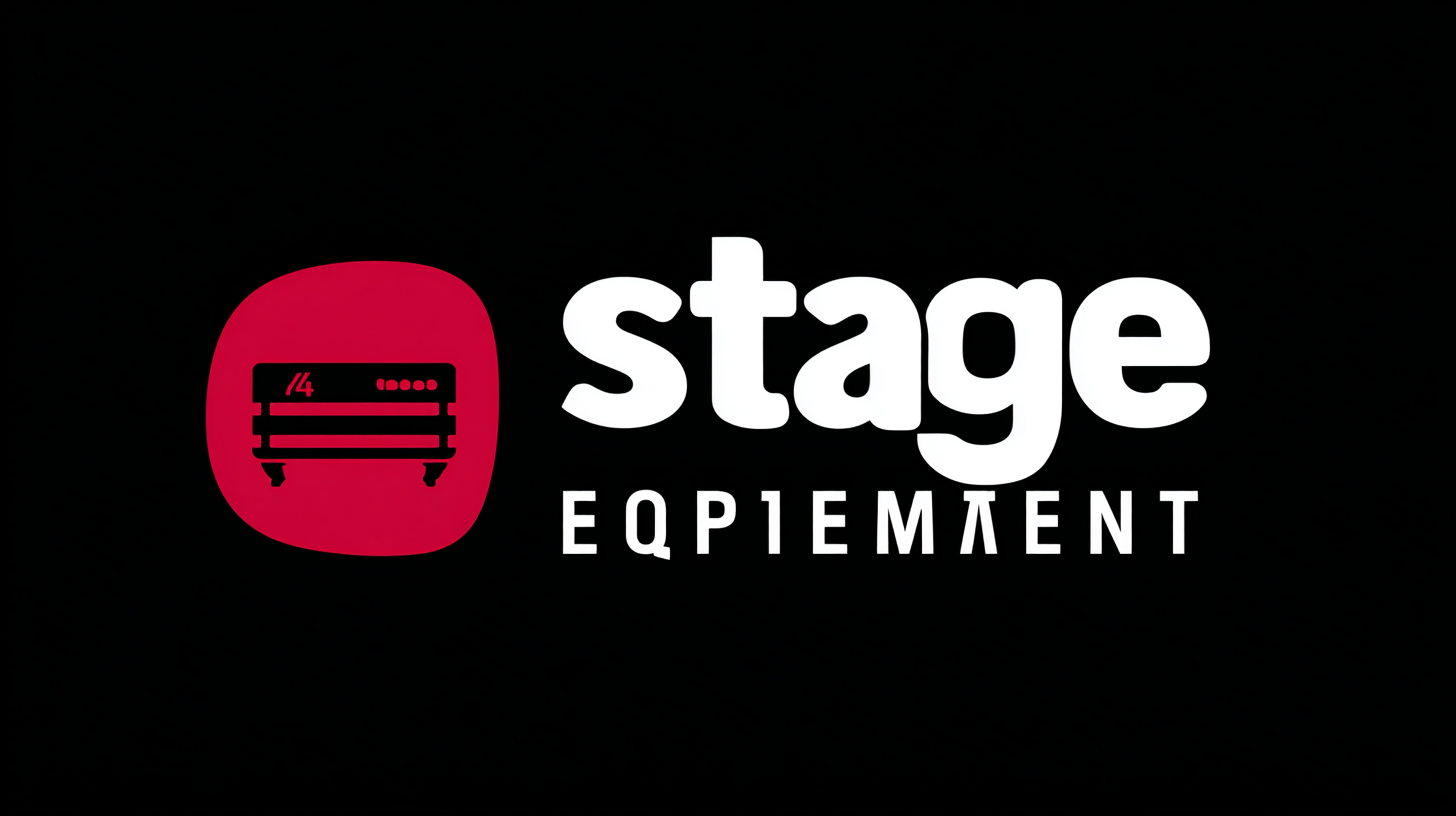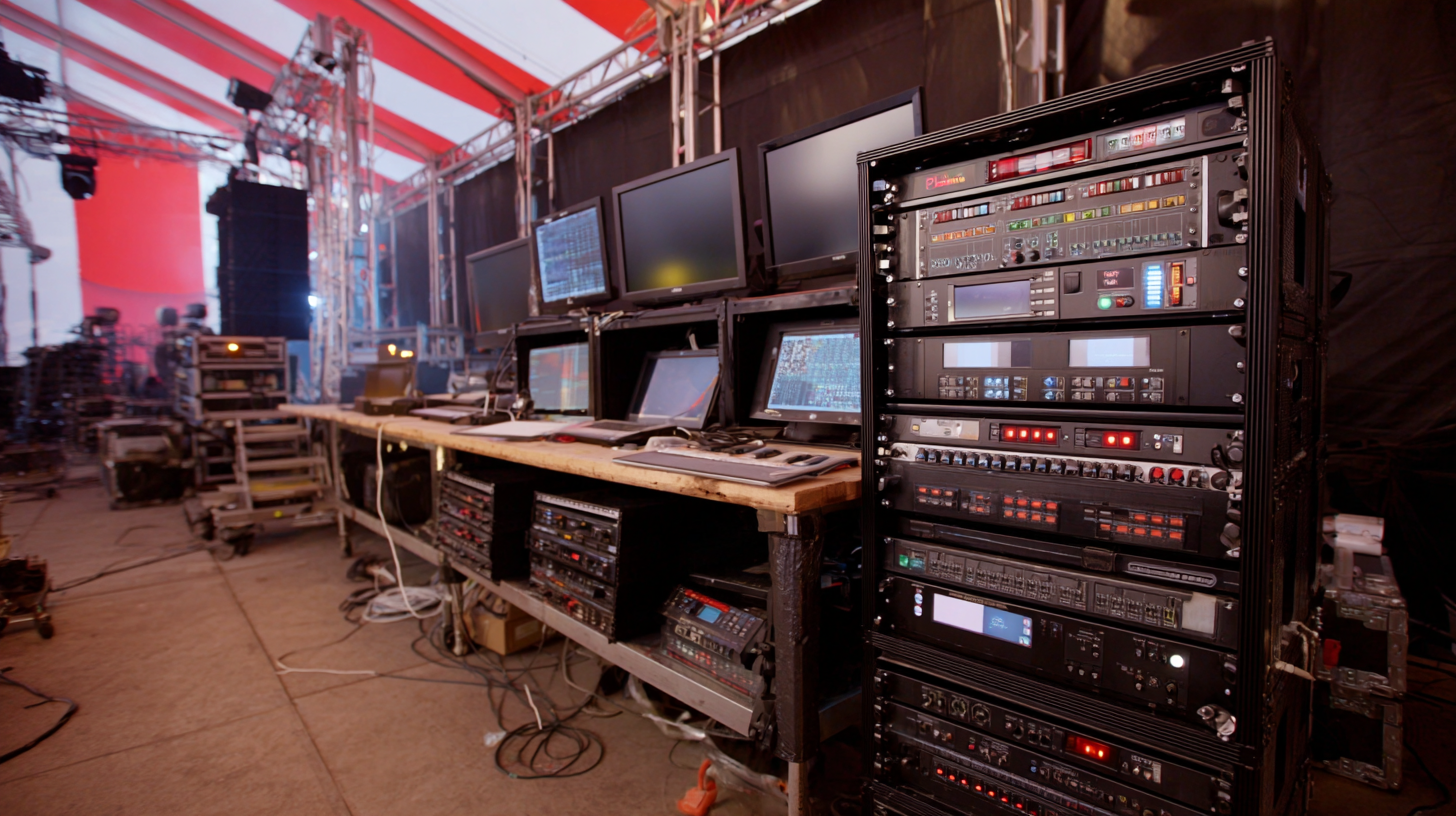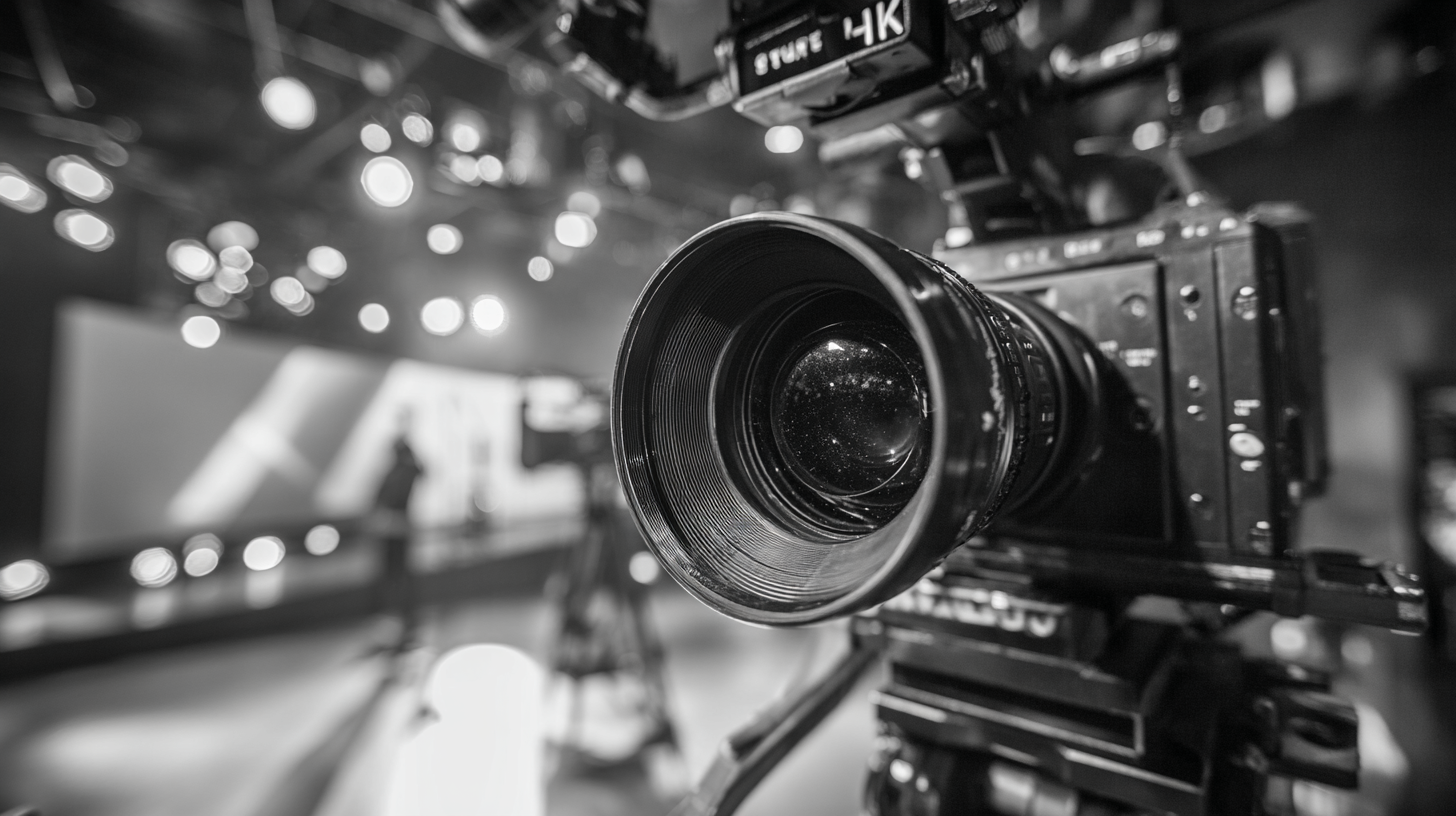
Unlocking Quality Supplier Search Strategies for Best Stage Equipment in the Global Market
In today's fast-paced global market, finding the right suppliers for stage equipment can be a daunting task, especially for event planners and production companies striving for excellence in their productions. With numerous options available, it is crucial to develop effective search strategies that not only streamline the selection process but also ensure high-quality standards. This blog aims to guide you through a comprehensive checklist that will help unlock the best practices for sourcing stage equipment. By focusing on key factors such as supplier reliability, product quality, and competitive pricing, you will be better equipped to navigate the complexities of the market. Whether you are organizing a concert, theater performance, or corporate event, understanding how to effectively search for stage equipment suppliers will ultimately contribute to the success of your projects. Join us as we delve into essential strategies that pave the way for sourcing excellence in the world of stage production.

Understanding the Importance of Quality Suppliers in Stage Equipment Selection
Selecting high-quality suppliers is crucial when it comes to procuring stage equipment, as the reliability and performance of these components directly influence the success of live events and performances. According to a report by IBISWorld, the global stage equipment rental industry is projected to reach $4.4 billion by 2025, highlighting the growing demand for top-notch equipment and the importance of partnering with suppliers who prioritize quality. A robust supplier selection process can significantly impact production timelines, safety standards, and overall event satisfaction.
The importance of quality suppliers extends beyond mere equipment; it encompasses the full service spectrum, including timely delivery, ongoing maintenance, and technical support. A survey conducted by the Event Safety Alliance noted that 72% of event planners identified equipment reliability as a top priority when selecting suppliers. Furthermore, 60% of respondents stated that their events were negatively impacted by equipment failures in the past, reinforcing the need for due diligence in supplier selection. In a competitive global market, businesses that invest in quality supplier relationships are better positioned to achieve excellence in their productions while minimizing risks associated with inferior equipment.
Key Characteristics to Look for in Reliable Stage Equipment Suppliers
When searching for reliable stage equipment suppliers, it's crucial to focus on key characteristics that indicate their ability to meet the demands of a competitive global market. According to a recent report by MarketsandMarkets, the global stage equipment market is projected to grow from $8.76 billion in 2020 to $13.88 billion by 2025, reflecting a significant demand for quality and innovation. Suppliers that can adapt to these market dynamics and provide cutting-edge solutions are invaluable partners for event organizers.
One core attribute to evaluate is a supplier’s commitment to sustainability and international quality standards. Many top-tier suppliers adhere to ISO 9001, which ensures that their products consistently meet customer expectations and regulatory requirements. Additionally, consider suppliers who invest in R&D; this commitment not only enhances equipment durability but also fosters the development of advanced technology, a requirement highlighted by industry leaders.
Tip: Always verify a supplier’s certifications and their track record in the industry. Reviews from previous clients can provide insights into their reliability and the quality of their products. You might also want to assess their customer service responsiveness, as a solid support system can significantly ease the logistics and troubleshooting during events.

Effective Strategies for Conducting Supplier Research and Evaluation
Conducting thorough supplier research and evaluation is essential when sourcing the best stage equipment in the global market. One effective strategy involves leveraging online platforms and industry-specific databases to identify potential suppliers. Utilizing these resources allows businesses to gather valuable information regarding a supplier's product range, past performance, and customer reviews. Tools such as supplier scorecards can further enhance the evaluation process by providing a structured way to compare various suppliers based on key metrics, such as quality, reliability, and pricing.
Another crucial approach is engaging in direct communication with potential suppliers. Building relationships through inquiries and meetings can provide insights that aren’t always available through online research. During these interactions, companies should assess suppliers’ responsiveness and willingness to collaborate, as these traits often reflect their commitment to customer service. Additionally, conducting site visits can offer a firsthand look at manufacturing processes and quality control measures, ensuring that the chosen suppliers meet the required standards for excellence in stage equipment. By employing these strategies, organizations can make informed decisions that lead to successful partnerships with reliable suppliers.
Supplier Evaluation Metrics for Stage Equipment
This chart displays the evaluation metrics of various suppliers in the stage equipment industry, focusing on quality, pricing, delivery time, and customer service.
Leveraging Global Market Trends to Identify Top-Quality Suppliers
In the ever-evolving global market, leveraging market trends is crucial for identifying top-quality suppliers, especially in the realm of stage equipment. As various sectors demonstrate significant growth, such as the emotional AI market projected to exceed $2.9 billion by 2024 and the vertical AI market expected to grow at a CAGR of 21.6% from 2025 to 2034, understanding these trends allows businesses to align with innovative suppliers who can meet their evolving needs.
Moreover, the shift towards localized and diversified supply chains accentuates the importance of sourcing high-quality components and equipment. For instance, China's dominance in the electric vehicle market, anticipated to account for 80% of global sales by 2024, exemplifies how regional strengths can shape supplier relationships. Companies aiming to excel in the competitive stage equipment industry must not only stay informed about these trends but also strategically approach supplier partnerships to ensure they are equipped with the latest technology and high-quality materials that resonate with global demands.

Case Studies: Success Stories of Quality Supplier Engagement in the Industry
In the quest for top-notch stage equipment, understanding successful supplier engagement is crucial. Case studies from notable industry players reveal that strategic collaboration can lead to significant advancements in equipment quality and supply chain efficiency. For instance, companies have increasingly adopted digital tools to enhance communication and streamline processes, effectively navigating the challenges that arise in today's unpredictable market. This digital transformation not only fosters transparency but also strengthens relationships between suppliers and manufacturers, ultimately resulting in superior production outcomes.
Furthermore, sustainability is becoming a key factor in supplier selection. Recent conferences highlight the growing emphasis on sustainable practices within the supply chain, reflecting a collective push toward innovative solutions that benefit both the environment and the industry. By engaging suppliers who prioritize sustainability, companies can improve their market positioning while also contributing to broader goals such as reducing carbon footprints. The integration of innovative strategies and sustainable practices not only enhances the quality of the stage equipment manufactured but also sets a standard for future engagements within the global market.
Unlocking Quality Supplier Search Strategies for Best Stage Equipment in the Global Market
| Supplier Region | Equipment Type | Engagement Strategy | Success Metric | Outcome |
|---|---|---|---|---|
| North America | LED Screens | Direct Sourcing | On-time Delivery Rate | 95% Satisfaction |
| Europe | Sound Systems | Partnership Development | Quality Assurance Score | 8/10 Rating |
| Asia | Lighting Equipment | Online Platform Engagement | Customer Engagement Rate | Higher by 30% |
| Australia | Stage Rigs | Collaborative Projects | Project Completion Time | 15% Faster |
